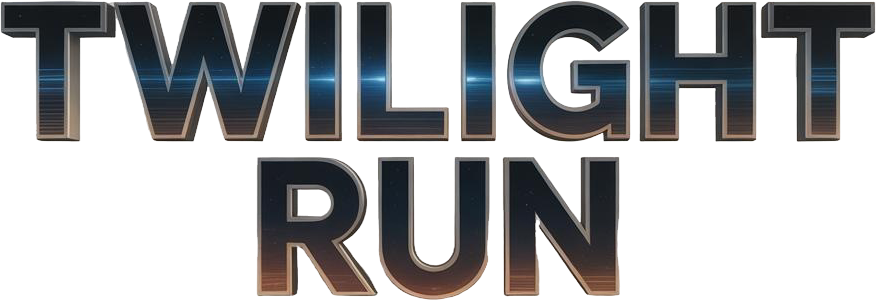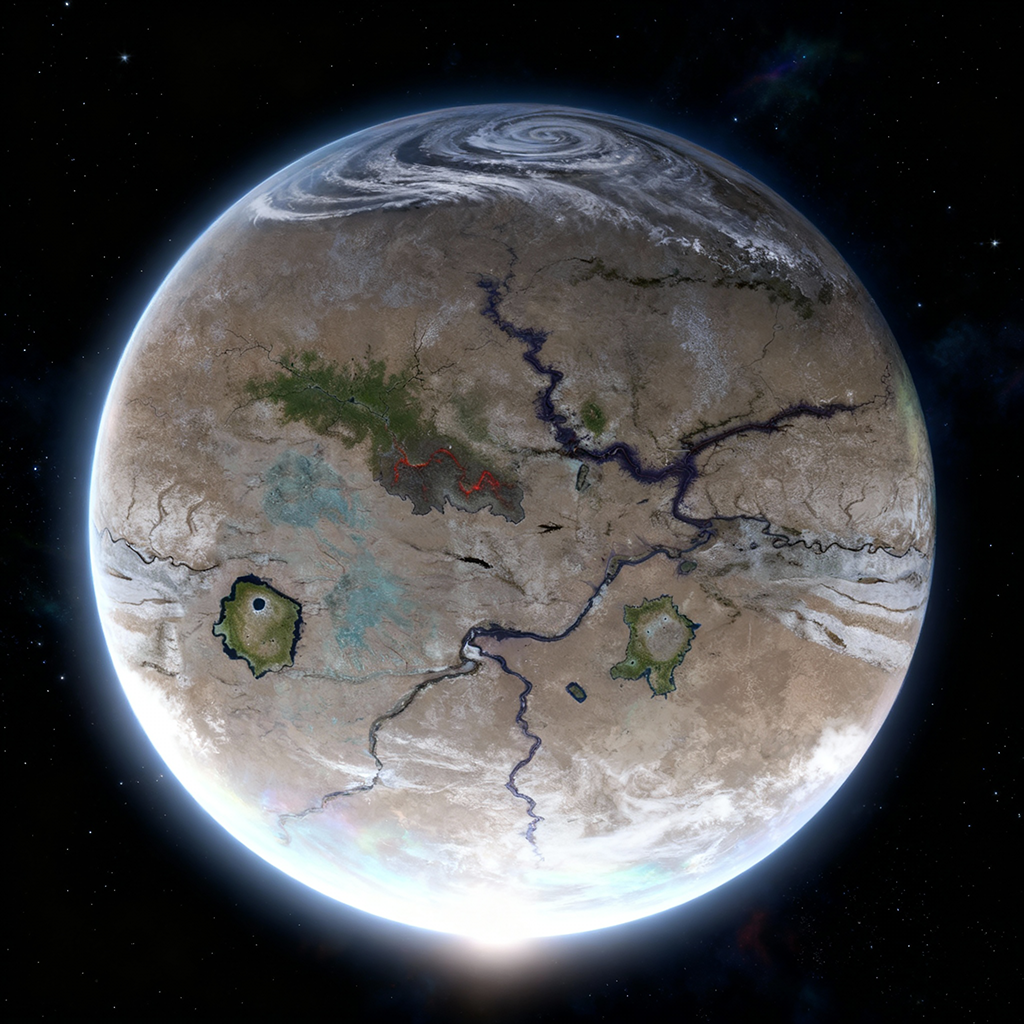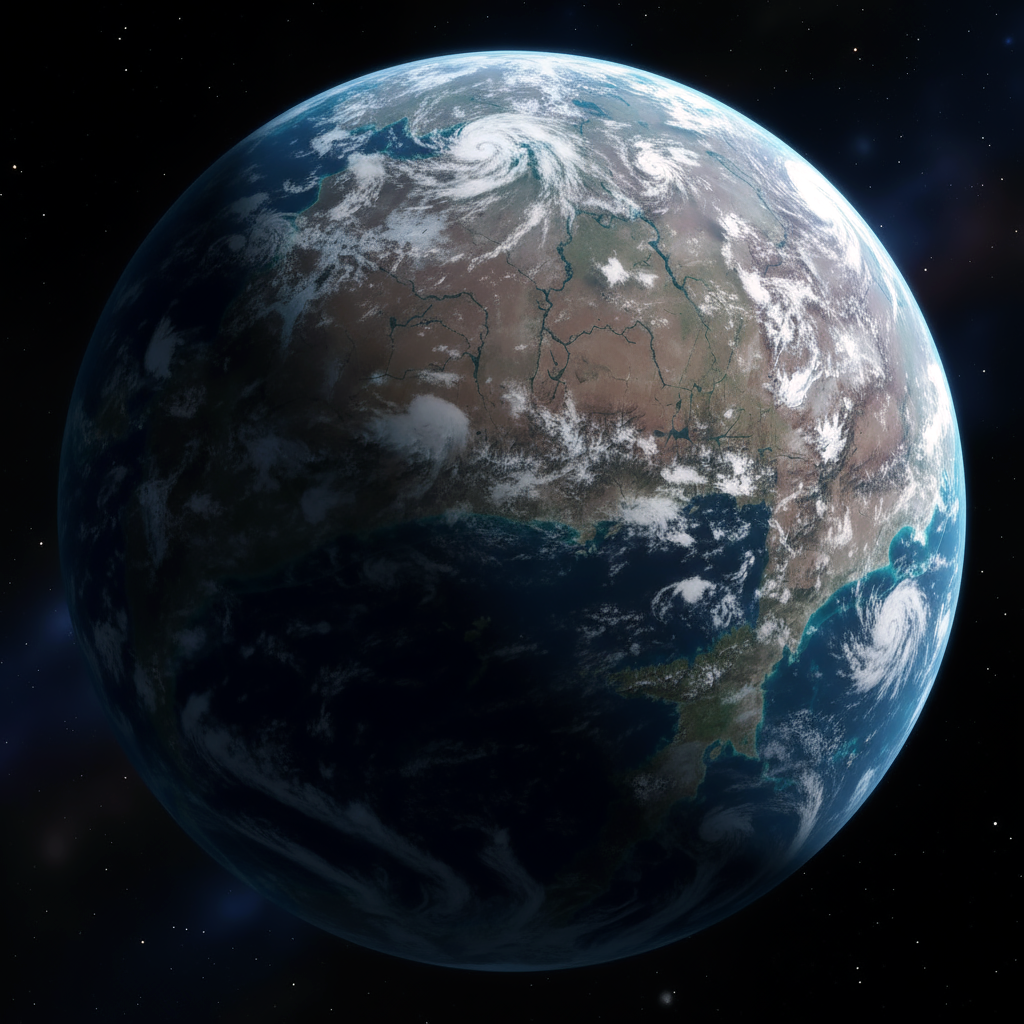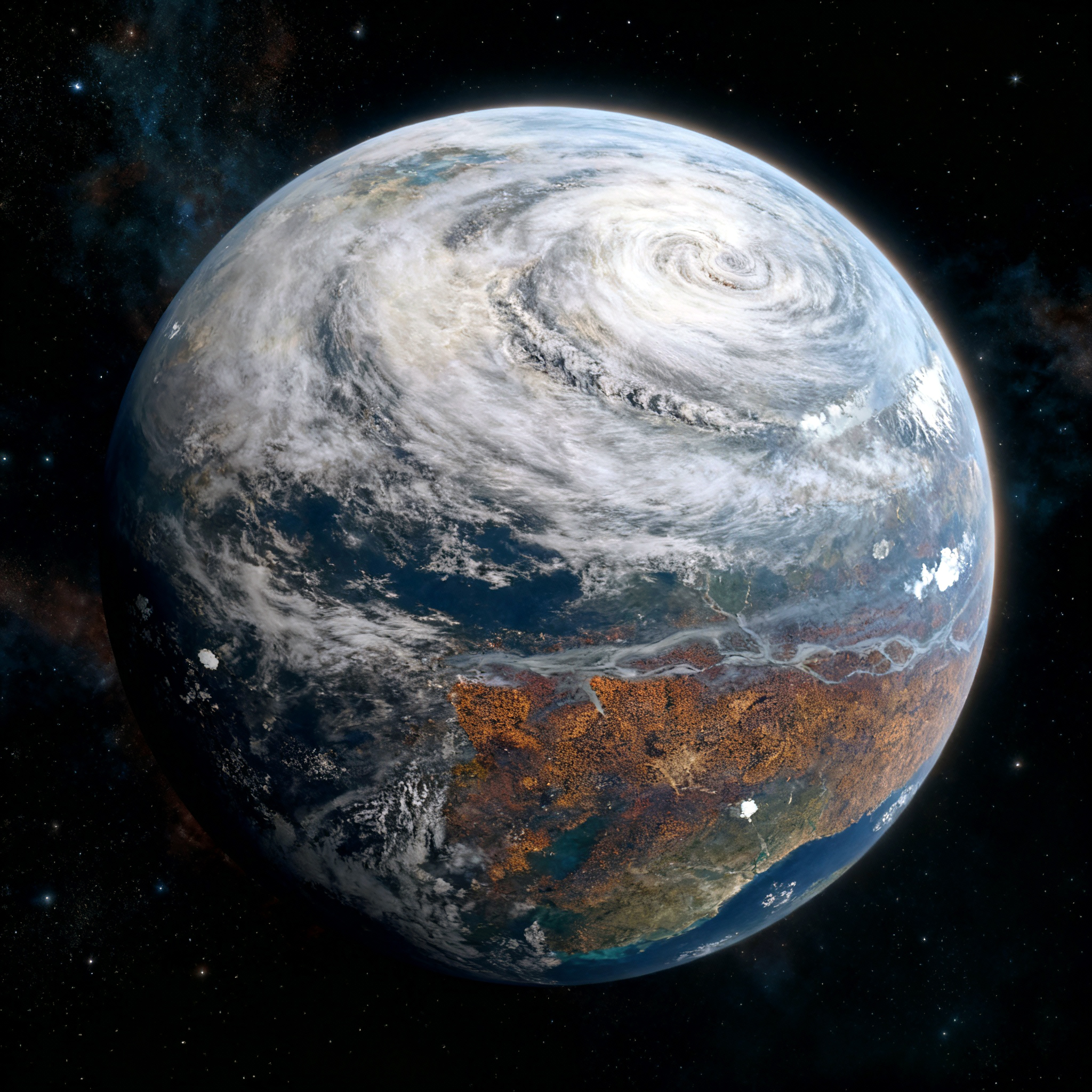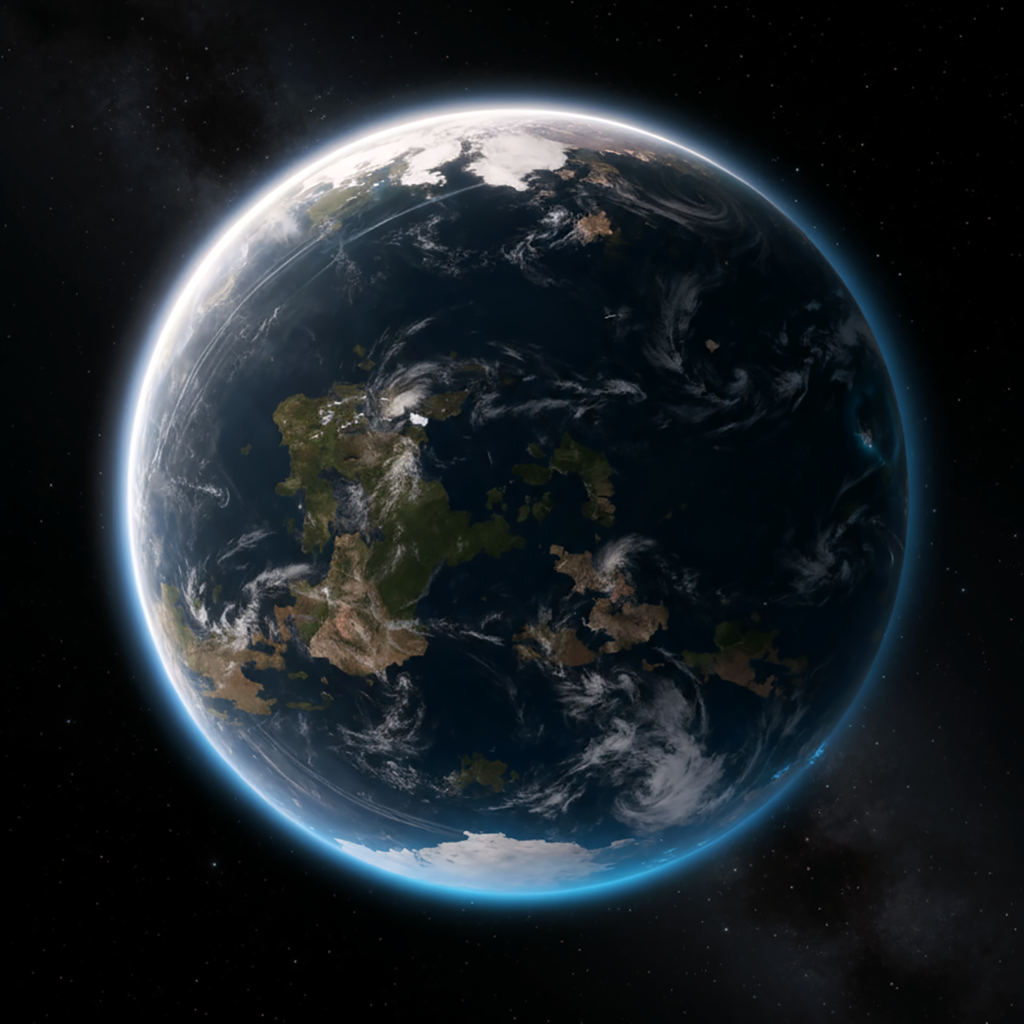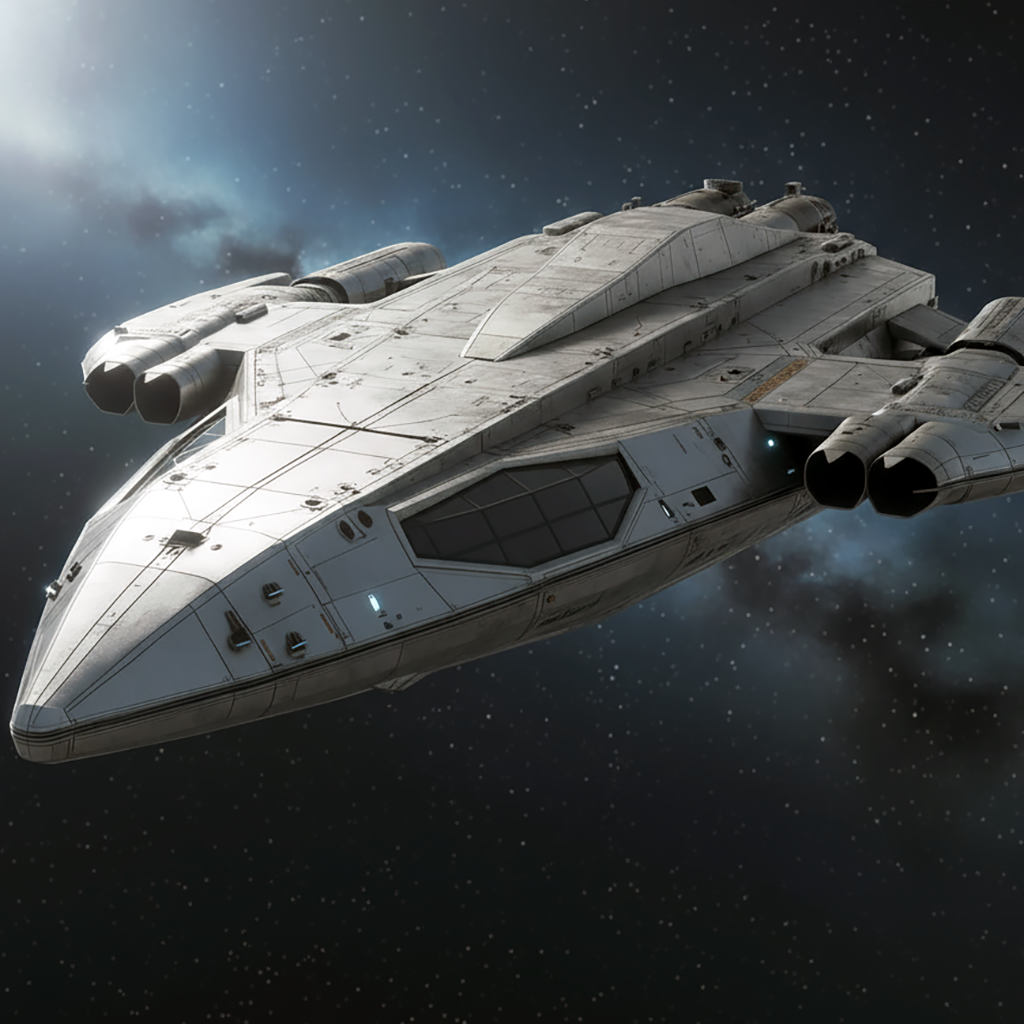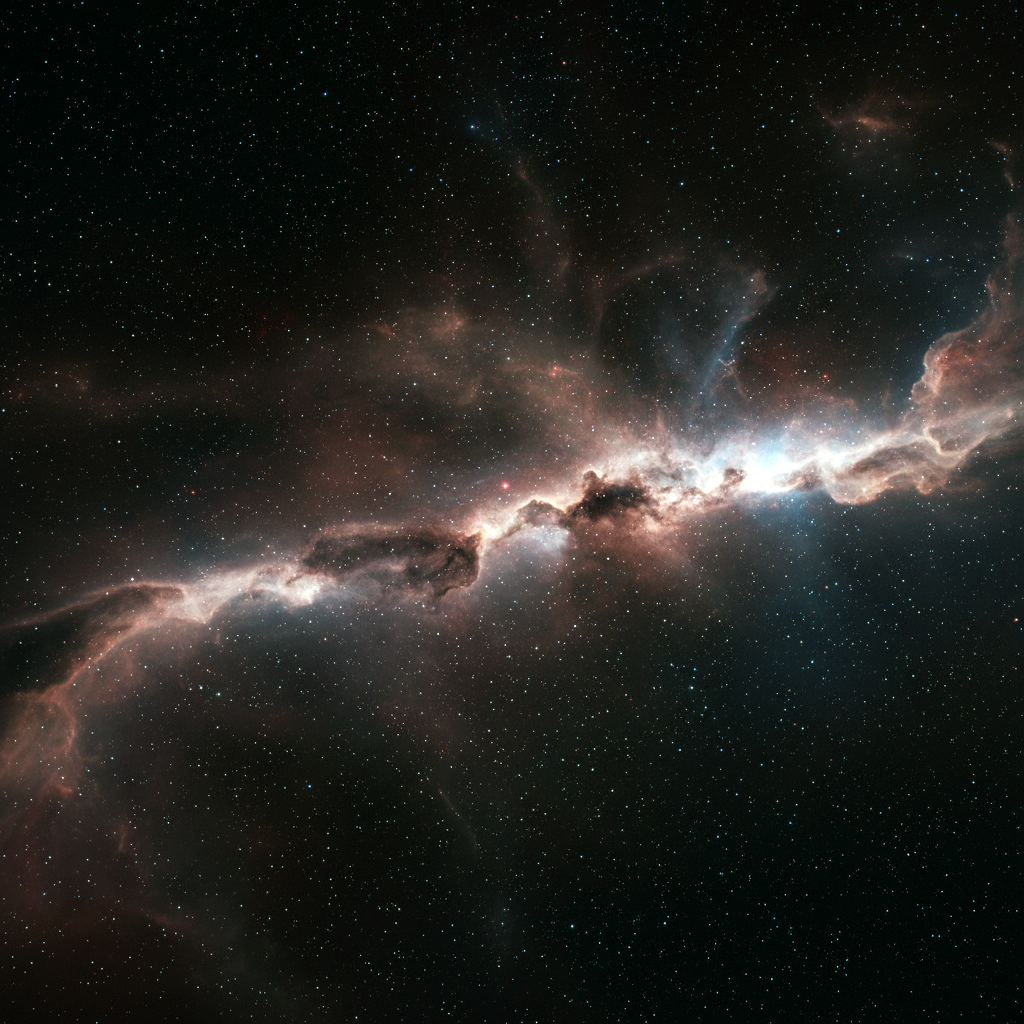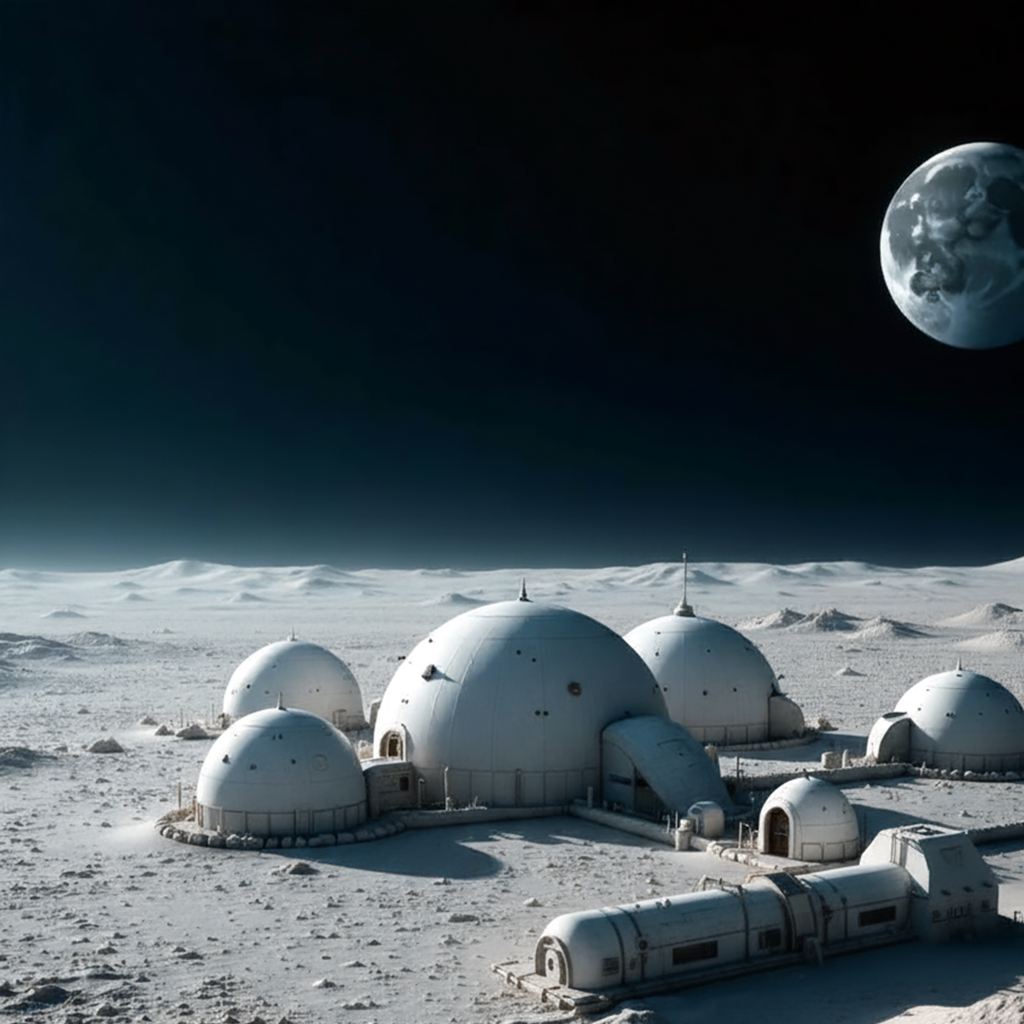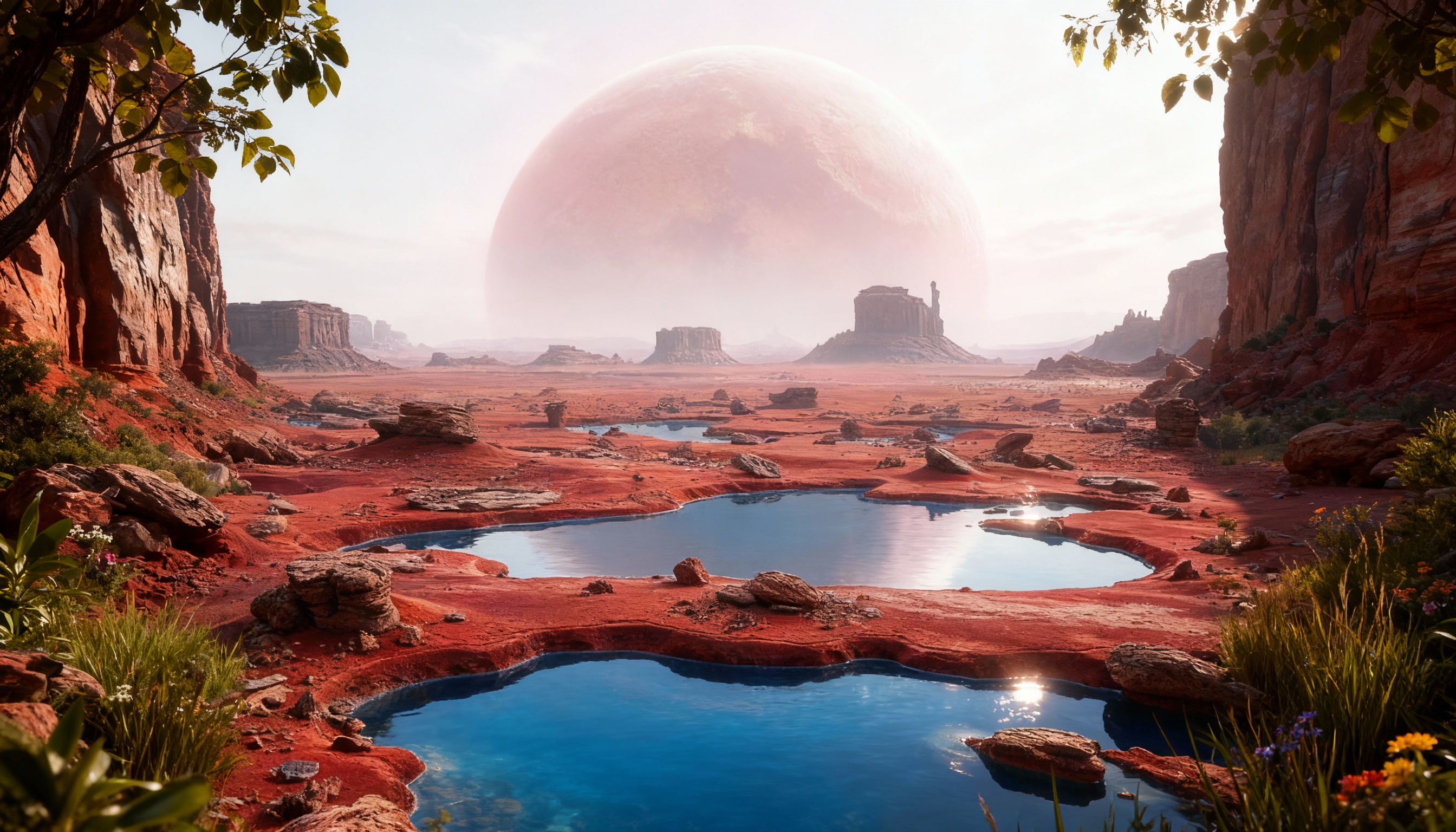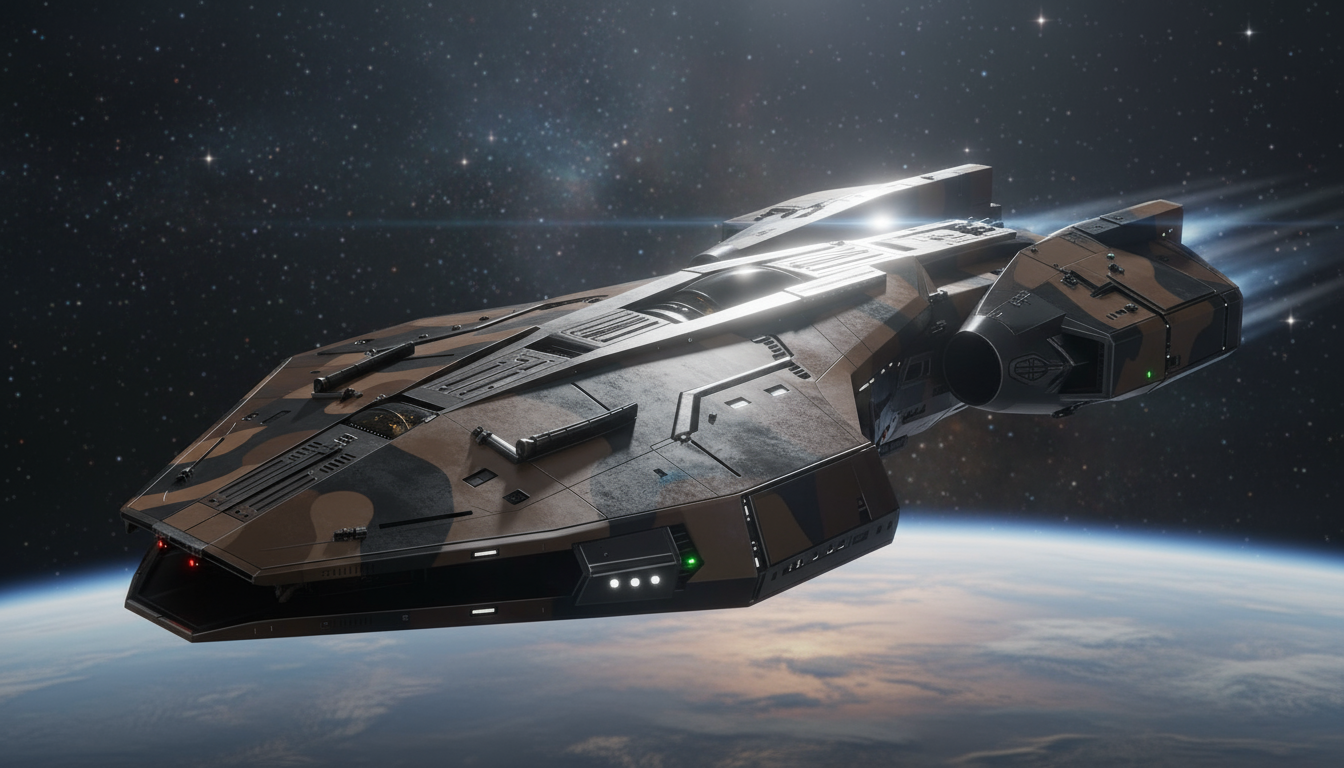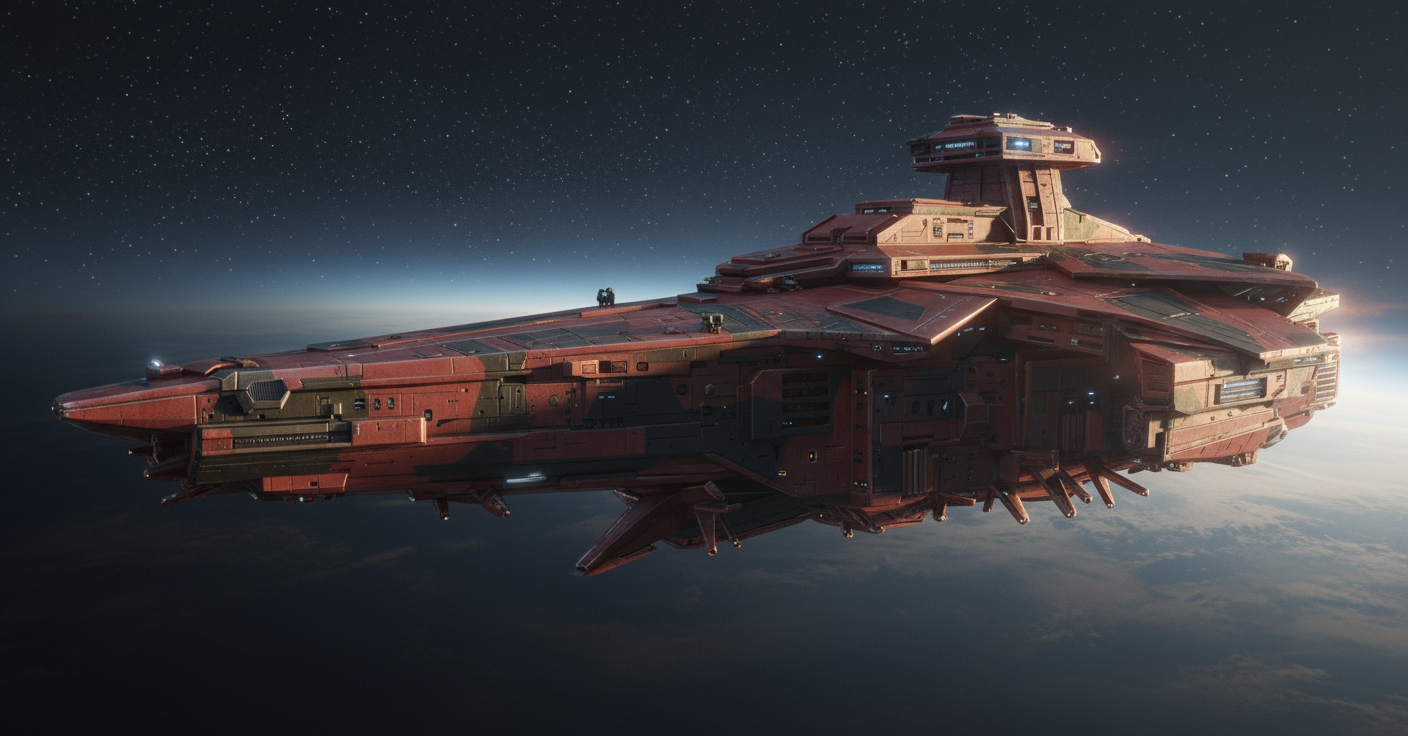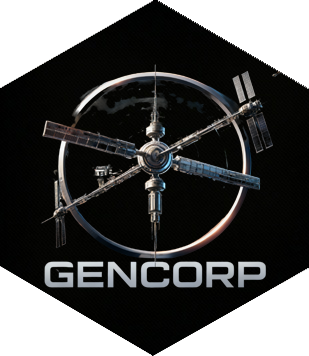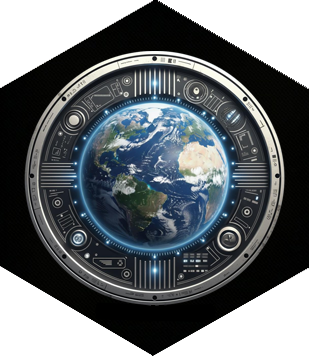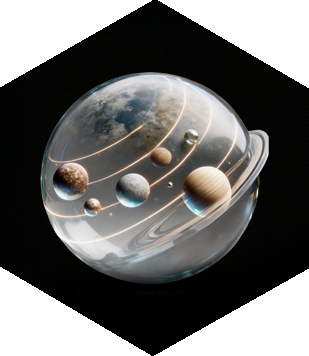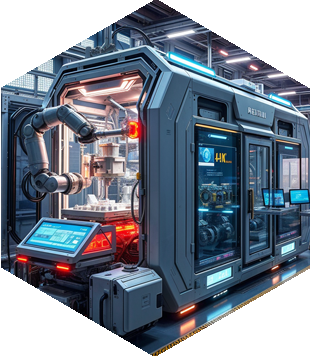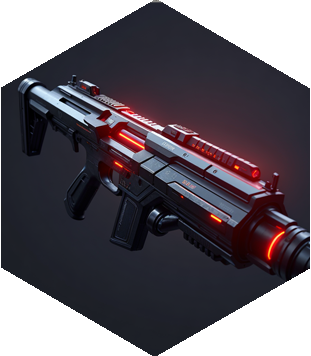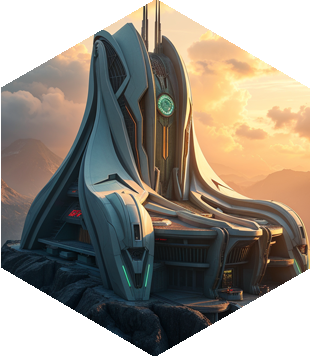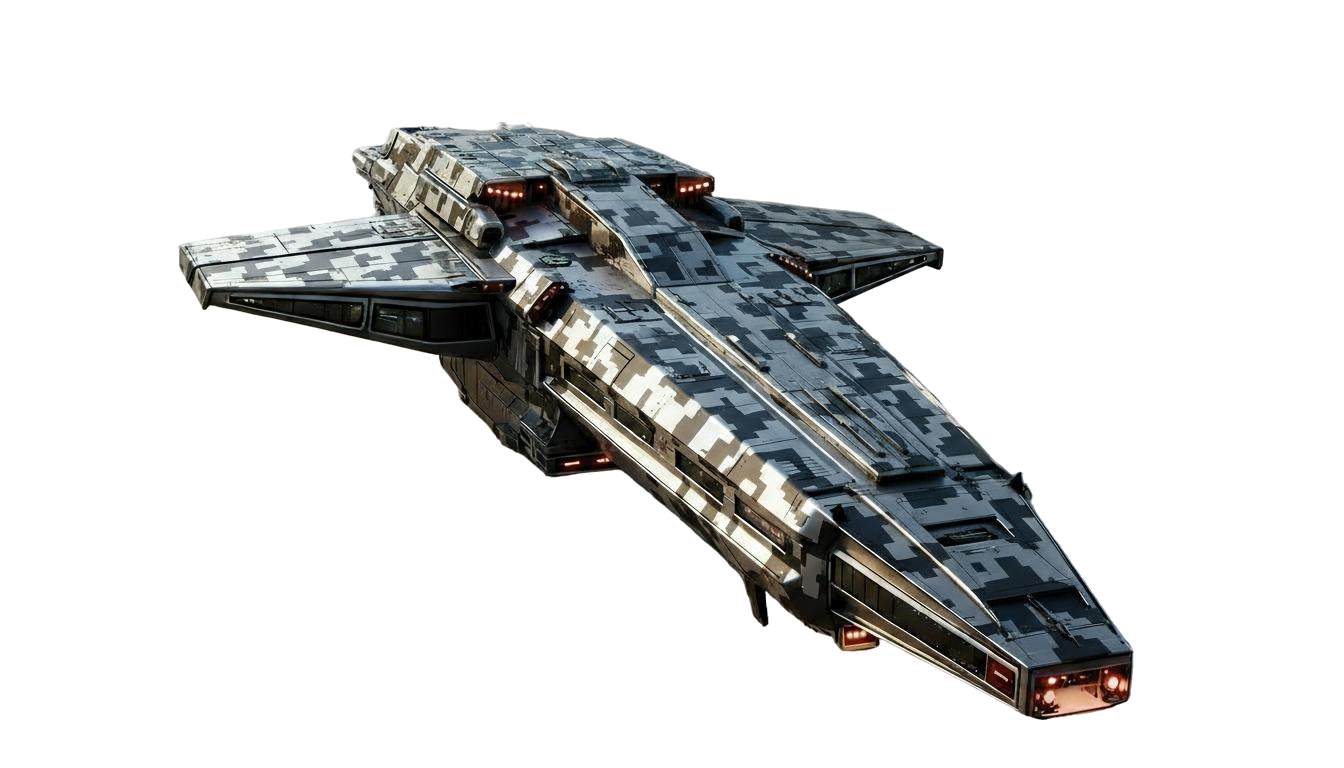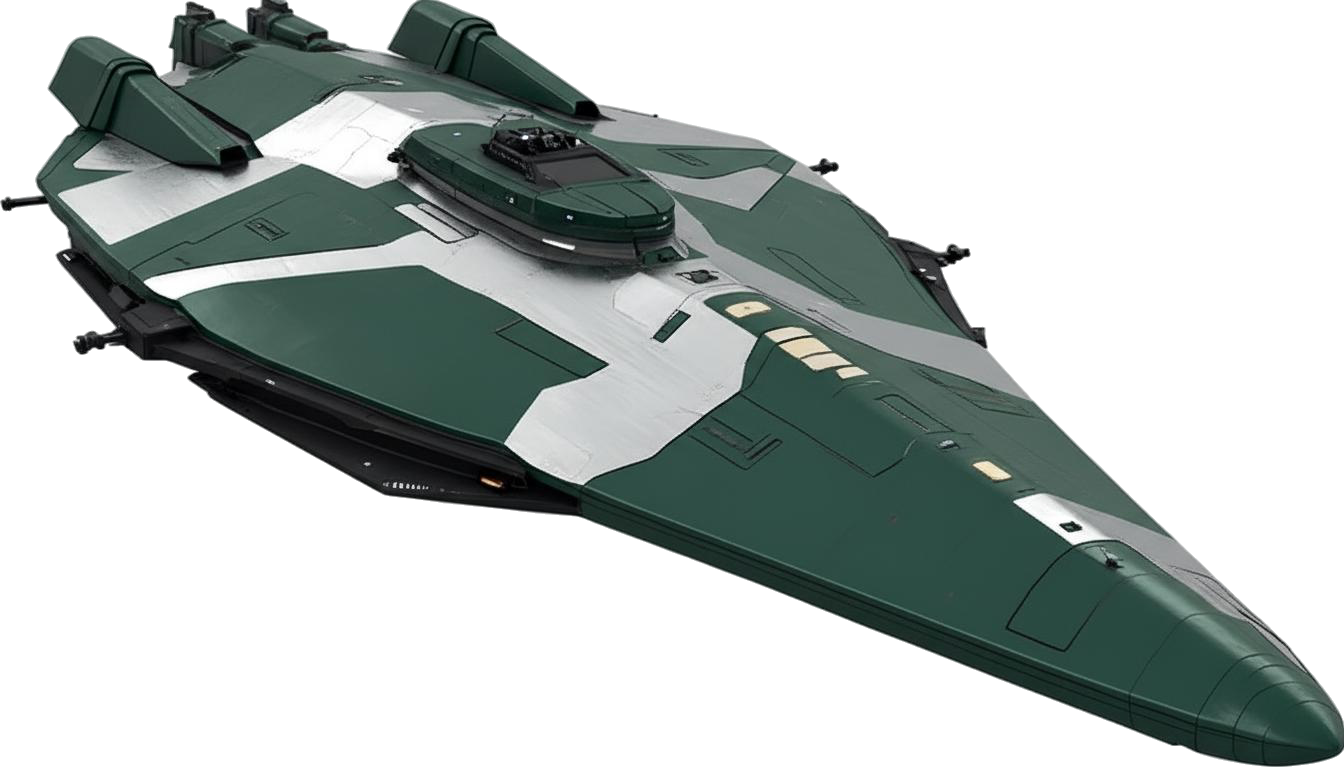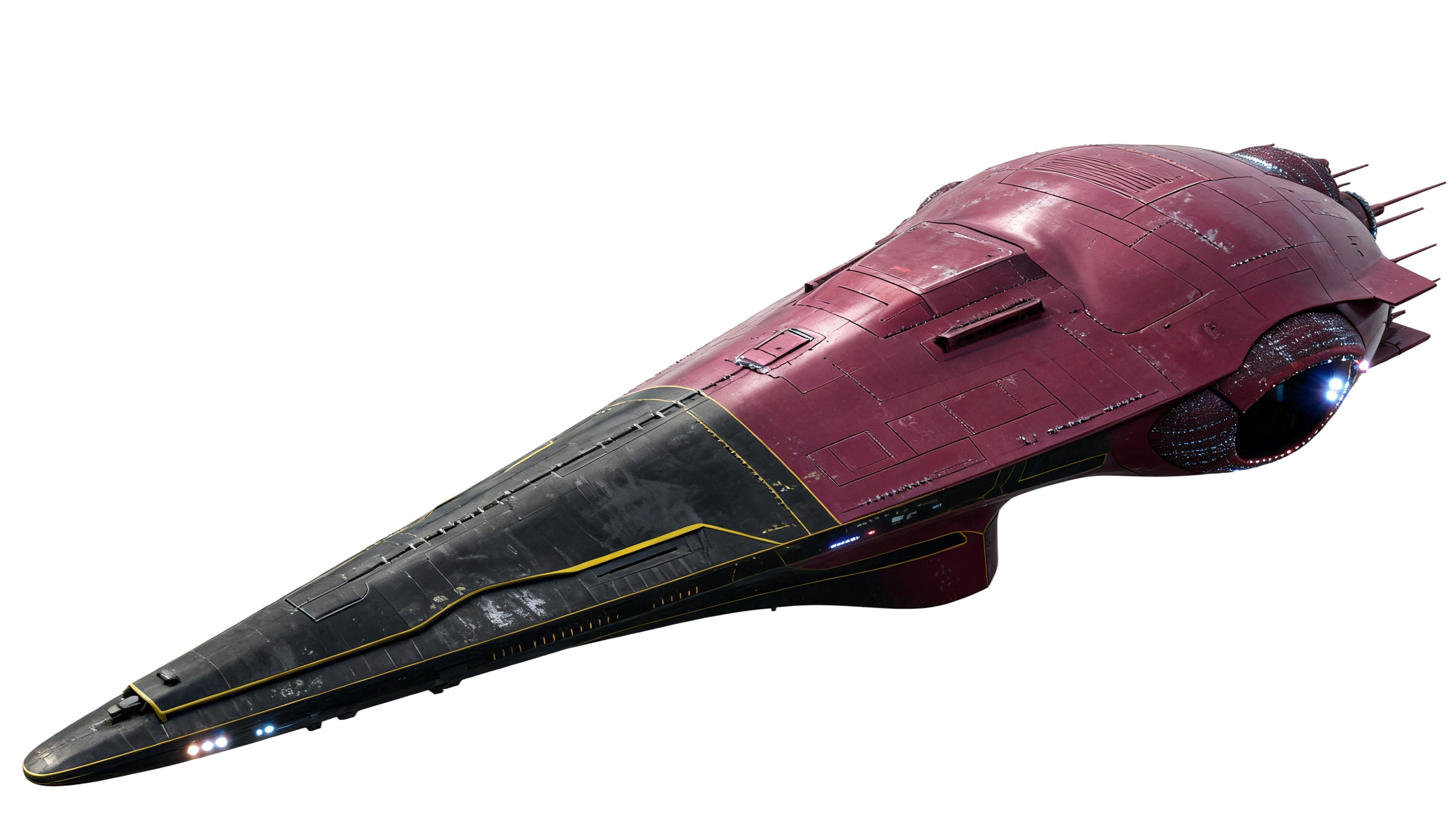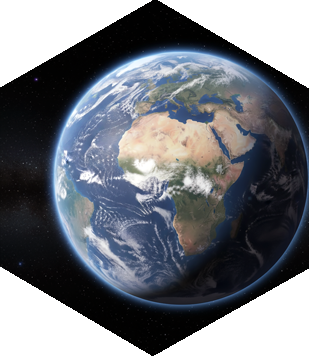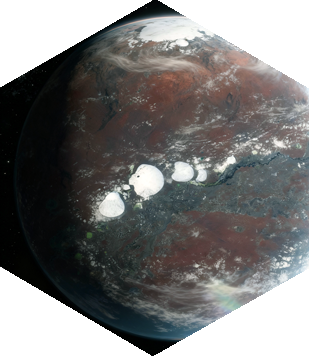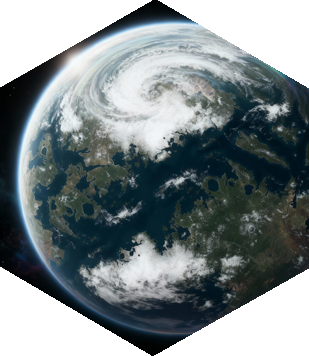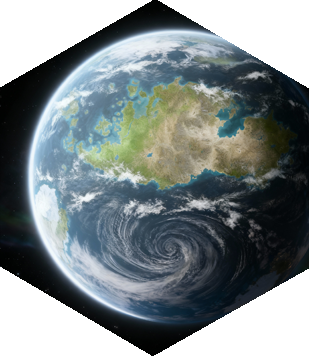Keo Terra
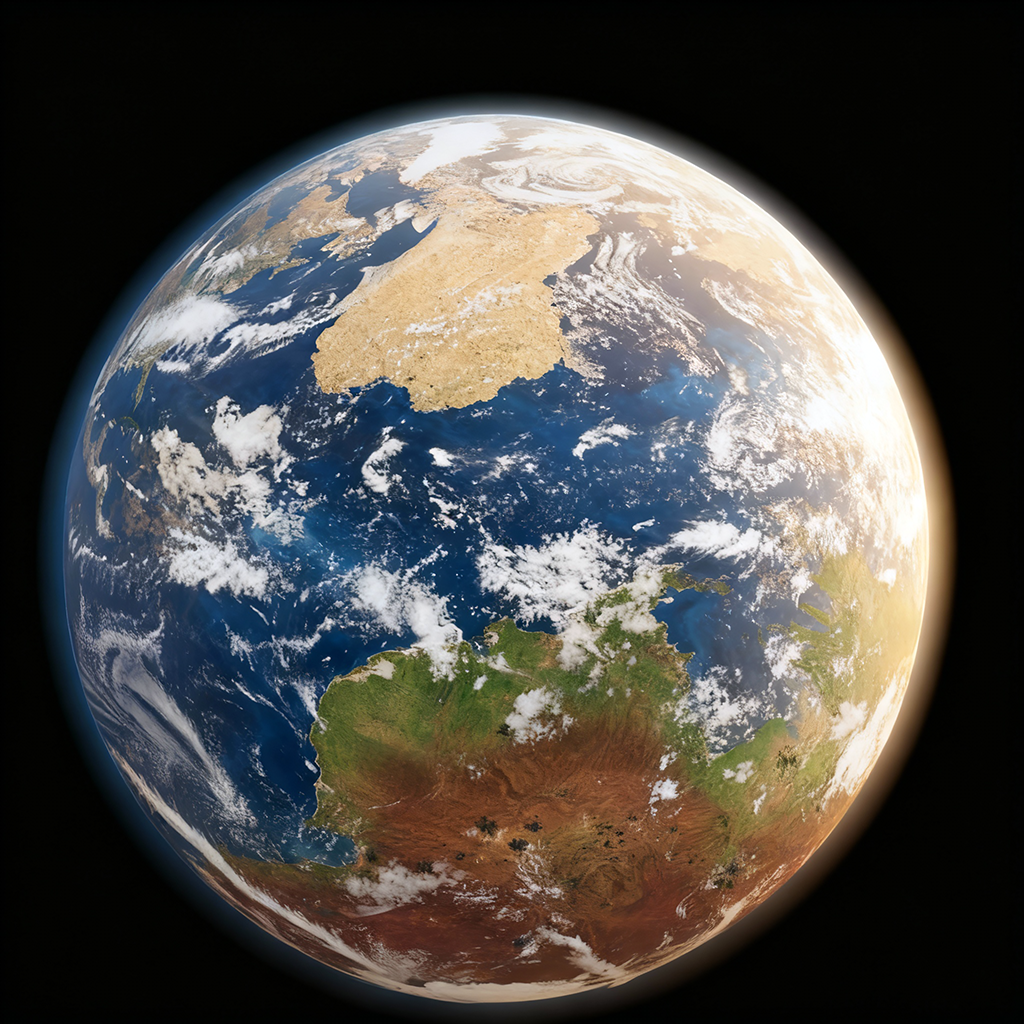 <
<
Introduction
Keo Terra stands as the declared home world of Keo Terra Interstellar (KTI), a planet that embodies the ambition, power, and influence of one of humanity’s most formidable hyper-corporations. This temperate and oceanic world serves as both corporate capital and cultural beacon, representing KTI’s union of commerce, innovation, and political authority. It is here that the House Francois governs an empire that stretches across dozens of systems in the Terran Core.
Geography and Environment
Keo Terra’s geography is defined by contrast and abundance. With a radius of 8,979 km and a gravity of 1.13 G, it is slightly heavier than Earth but equally lush. Seventy percent of the planet’s surface is covered in oceans, while its two supercontinents — lush southern Arvalen and arid northern Kalthis — are connected by rich equatorial seas. A network of archipelagos forms vital trade and research hubs. Its mean temperature of 281K (8°C) supports a wide range of climates, from rainforests and river valleys to wind-carved deserts and alpine ranges.
The atmosphere, measured at 0.31 atm, is thinner than Earth’s but fully breathable due to adaptive terraforming and atmospheric regulators. Towering cloud fronts mark its equatorial storm belts, fueling powerful hydroelectric systems that sustain its megacities.
Urbanization and Society
Keo Terra’s population surpasses 51 million, distributed among seven major cities interconnected by maglev grids and orbital lifts. Each metropolis is a hybrid of administrative, cultural, and industrial design — vertical spires rise above terraced greenbelts and glittering skylanes. The capital, Francois Prime, stands as the seat of the ruling family and corporate authority. From here, the House Francois directs policy across all KTI-controlled systems.
The society is strictly stratified: House Francois at the apex; below them, the Corporates and Executives; followed by the professional Middle Class and the service-based Common Class. While hierarchical, this structure ensures stability, efficiency, and continuity under a constitutional corporatocracy that blends political and economic governance.
Economy and Governance
Keo Terra’s economy is an interstellar powerhouse built on finance, energy, and shipbuilding. Corporate conglomerates headquartered here direct operations spanning mining, logistics, and trade. The planetary economy operates under KTI’s chartered constitution, ensuring centralized oversight and free-market innovation balanced by strict corporate law.
Conclusion
Keo Terra is both symbol and reality — a living statement of corporate civilization’s triumph. Beneath its tranquil seas and gleaming skylines lies the machinery of empire, uniting millions in pursuit of prosperity and progress under the banner of KTI.
